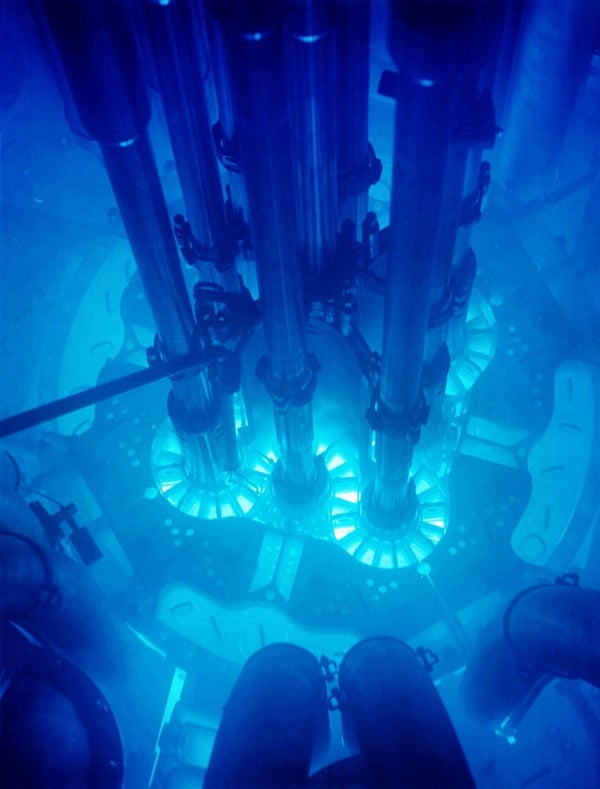Tachyons are hypothetical particles that travel faster than the speed of light in a vacuum. In Einstein’s theory of special relativity, only massless particles like the photon travel at the speed of light; all other particles travel slower.
The existence of tachyons can lead to “time travel” paradoxes. Normally, events only depend on what happened in the past, but aspects of Einstein’s theory imply that some observers would see a tachyon detected before it’s produced. And because the existence of a tachyon is inconsistent with Einstein’s remarkably successful theory, a claim of tachyon detection would require extraordinary evidence.
How particles are detected depends on properties other than their velocity. To answer your question, we have to ask: What kind of particle might be a tachyon? We also have to guess how tachyons would behave, since all known particle interactions obey the laws of special relativity.
If an electrically charged particle moves faster than the speed of light in a given medium (which is allowed by special relativity), it makes the optical analog of a sonic boom, a cone of light called Cherenkov radiation. If tachyons were electrically charged, they could produce Cherenkov radiation in empty space.
Or one might guess that tachyons should be electrically neutral, like neutrinos. Neutrinos have very weak interactions with matter, so physicists routinely produce beams of them at accelerators and send them through miles of earth to large underground detectors to study their properties.
If neutrinos were tachyons, they would arrive at the detector before a photon beam would. Except you can’t send a photon beam through rock, so you’d have to calculate the photon arrival time.
In 2011, the OPERA experiment at Gran Sasso in the Italian Apennines reported that neutrinos sent from CERN in Geneva, Switzerland, arrived 60 nanoseconds earlier than expected. However, this claim was retracted in 2012.
Lance Dixon
SLAC National
Accelerator Laboratory,
Elementary Particle Physics Division










